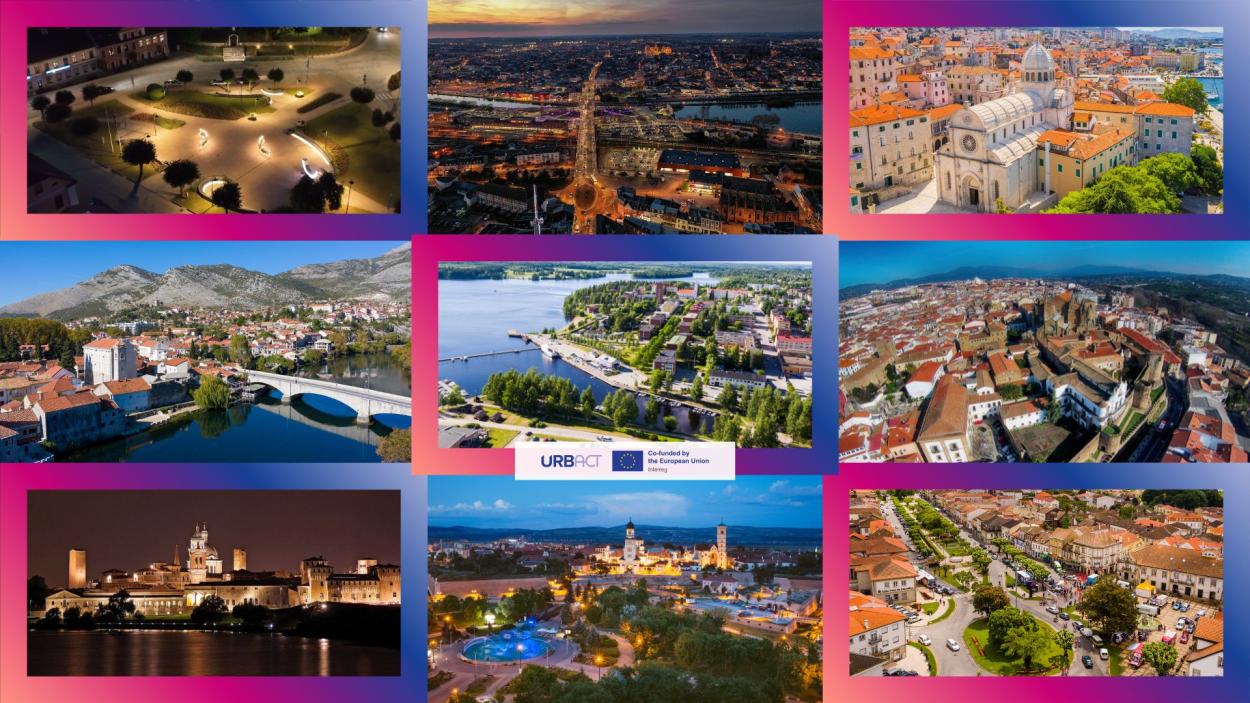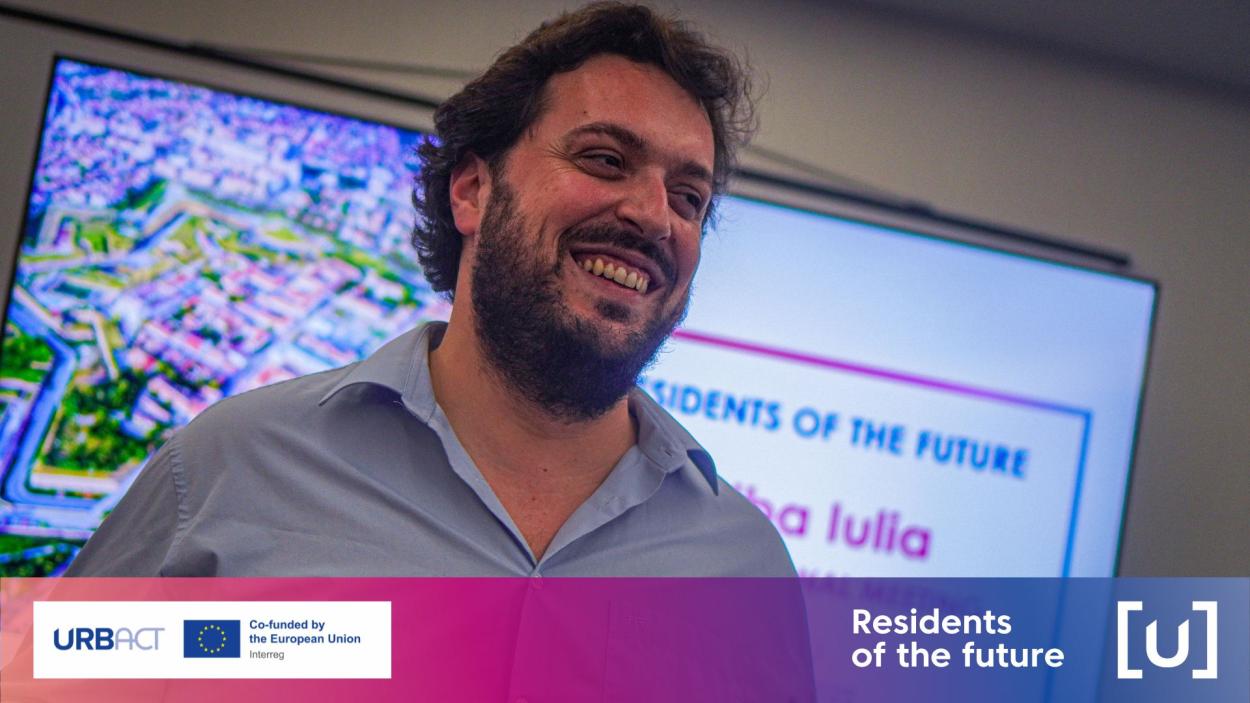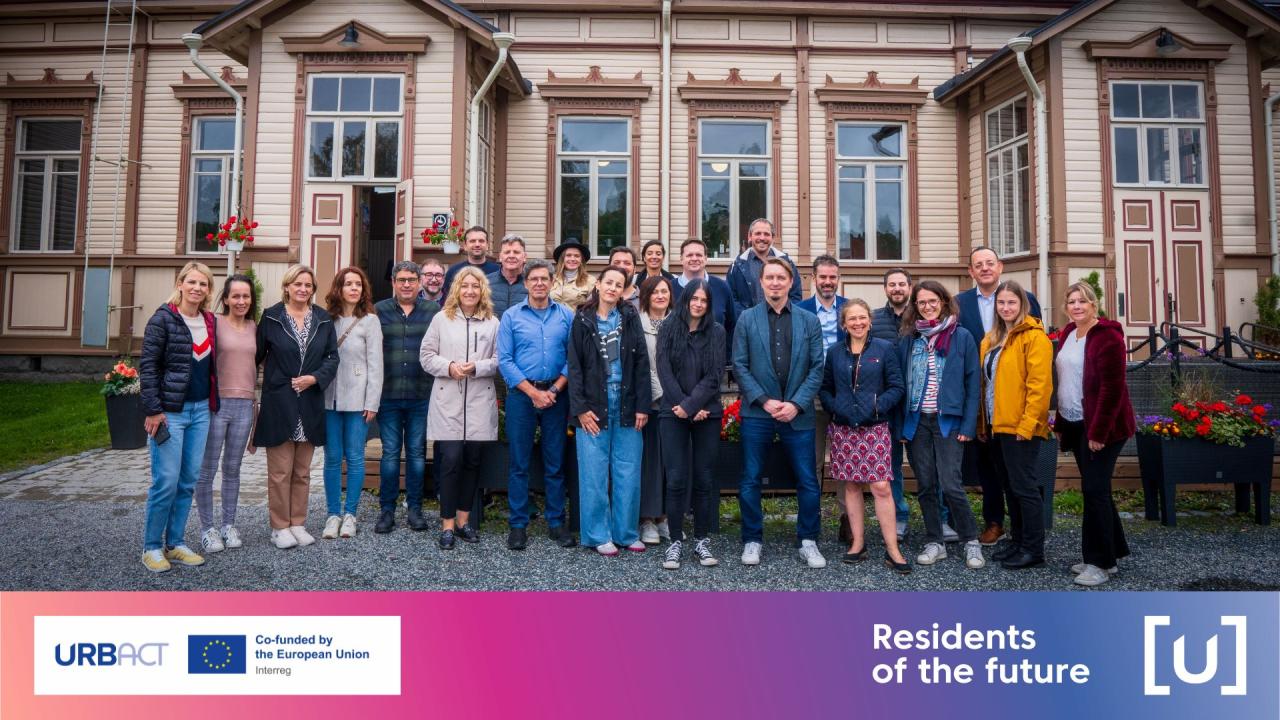The challenge we face is both simple and complex: population decline. For cities like Iisalmi, Mangualde, Plasencia, and Šibenik, this isn’t just a statistical issue, it affects the social fabric, the local economy, and the viability of essential services. The baseline study we developed together made it clear: shrinking cities face a unique set of pressures but also hold specific assets that can be transformed into opportunities.

So far, our approach has combined thoughtful analysis with practical experimentation. Local testing actions have been the heart of this project, small-scale, citizen-driven interventions designed not as end goals, but as catalysts for deeper change:
In Finland, Iisalmi launched the “Bridge to Iisalmi” campaign, not only promoting the city’s professional and housing opportunities, but directly supporting newcomers.
Mangualde, in Portugal, focused on listening and welcoming the perspectives of adult immigrants, connecting them through the children at schools to better understand what inclusion means on the ground. The result was a fresh layer of insight into housing, language, and cultural life that is already shaping policy.
Saint-Quentin, in France, is targeting medical doctors as a changemaker new resident creating dedicated soft-landing programs to them but also experimenting inspiring ideas like the development of micro-forest.
Saldus in Latvia took its small business incubator from idea to permanent infrastructure, renewing a former school building without use.
In Trebinje, Bosnia-Herzegovina, a renewed focus on digital transformation is helping modernize local administration and public service delivery.
Alba Iulia applied and succeeded on becoming the new Romanian Youth Capital, evidencing how they see the role of youth on city’s policies and community future.
Mantova’s testing actions mapped the needs of temporary residents through targeted surveys and co-created an outdoor classroom, strengthening ties with local companies and communities.
Plasencia focused its testing actions on city branding and belonging, collecting personal stories and launching the “100% Placentino” cultural challenge. These efforts aim to strengthen local pride and attract new residents.
These are not abstract plans; they are real actions shaping how people experience their cities.

A particularly inspiring example comes from Šibenik. The city decided to meet young talents where they are, in this case, at a university in Zagreb. Rather than waiting for young professionals to notice them, Šibenik hosted a dedicated session at the Zagreb University of Applied Sciences to present its career opportunities and quality of life. The team shared stories of work, community, and everyday life in Šibenik, countering common assumptions that only large cities can offer ambition and lifestyle in the same place. This effort carefully targeted, modest in scale, but rich in intent, challenged perceptions and opened new doors to future residents’ attraction strategies.
It’s worth noting that not all the tests worked perfectly. But that was never the point. By prototyping in real contexts, cities are learning faster, failing smarter, and adapting more confidently.
What binds these diverse efforts together is a shared understanding that local identity matters. People don’t move to statistics, they move to stories, to opportunities, to places where they feel they can thrive. That’s why this network has placed emphasis on city branding, on communicating the value of quality of life, and on finding ways to integrate newcomers in a way that is authentic and lasting.
The transnational meeting in Iisalmi was a key milestone. Cities shared their final Integrated Action Plans and reflected on how testing actions can evolve into long-term, funded strategies. We’ll also explored the future of work and local innovation, two areas that remain critical to reversing demographic trends.
By the end of this project, we won’t just have nine plans, we’ll desirably have nine stories of reinvention. Each one different, each one rooted in place, and each one a reminder that the future doesn’t belong to the largest or the loudest, it belongs to those willing to listen, to experiment, and to act with care.
Let’s keep going. Let’s keep building these cities for the residents who are already there, and for the many who might yet arrive.

